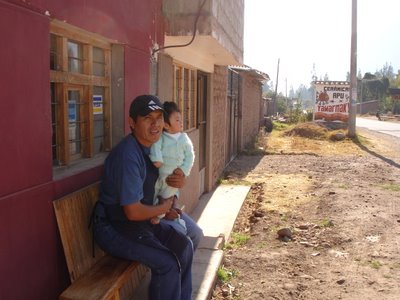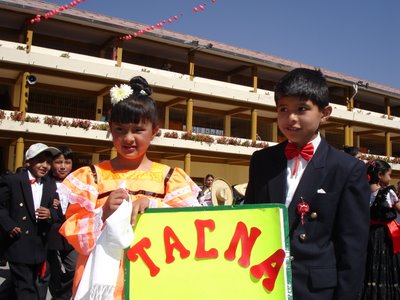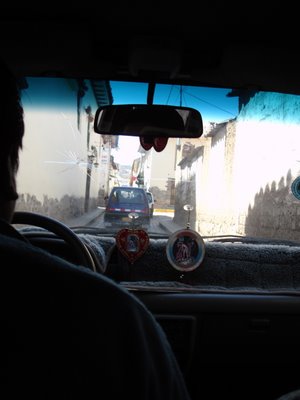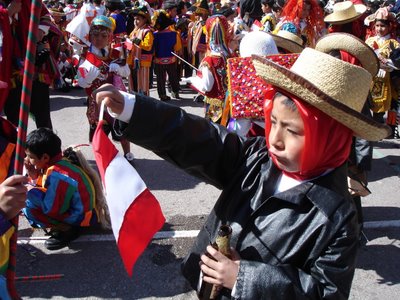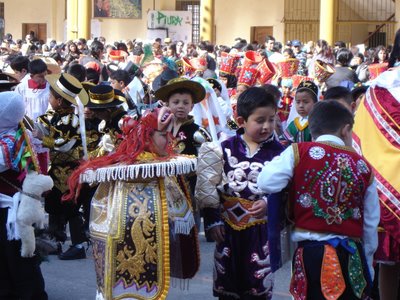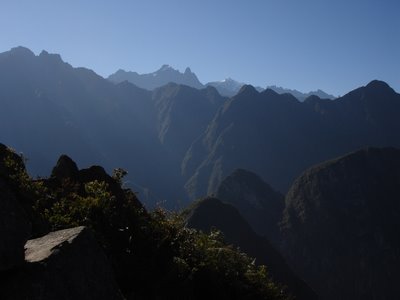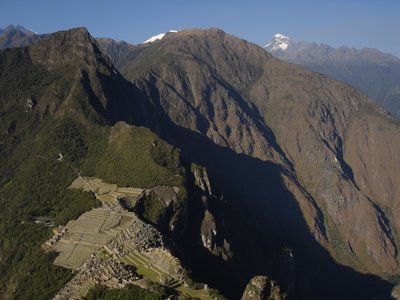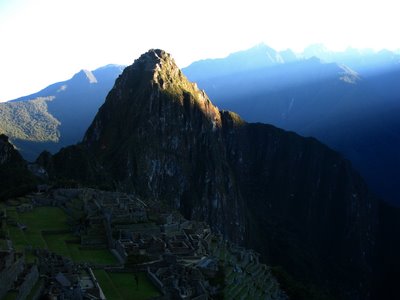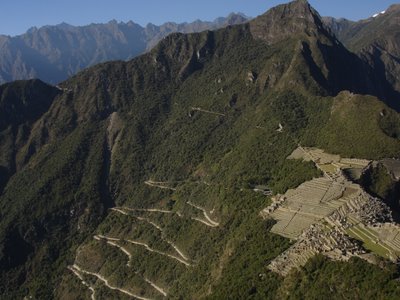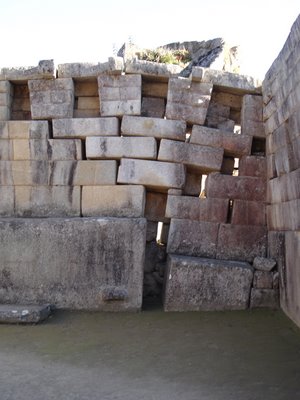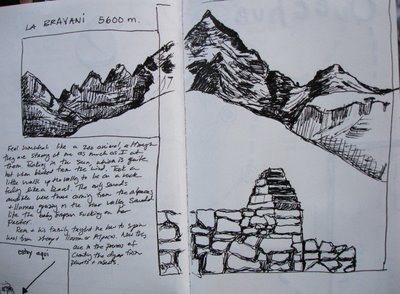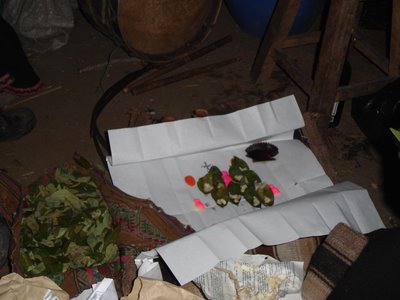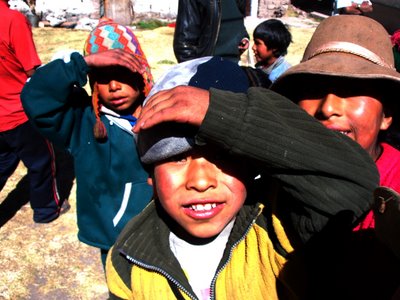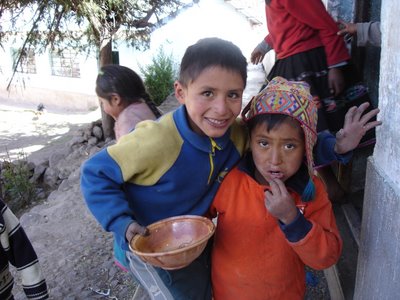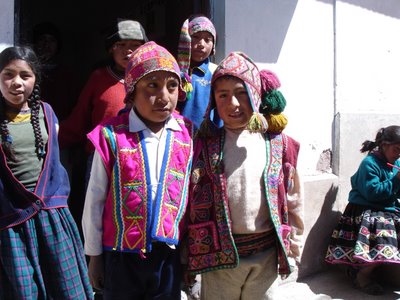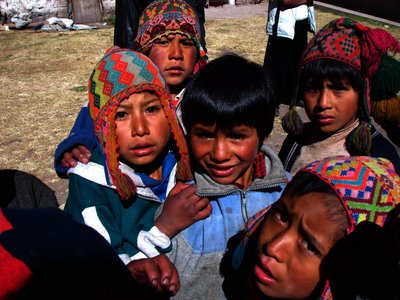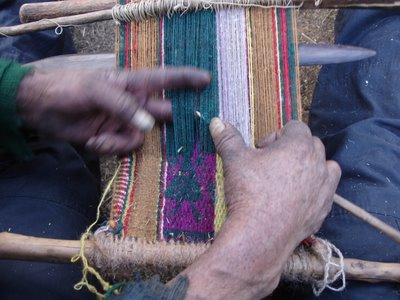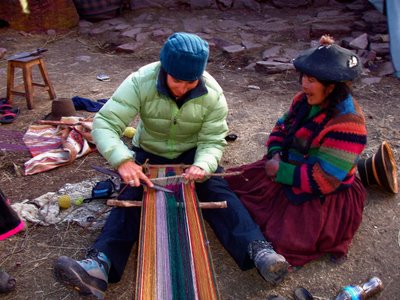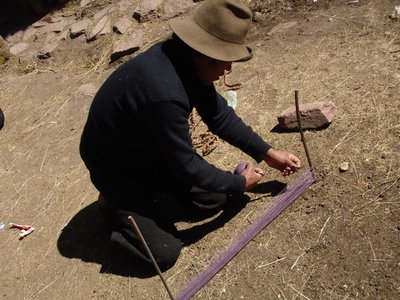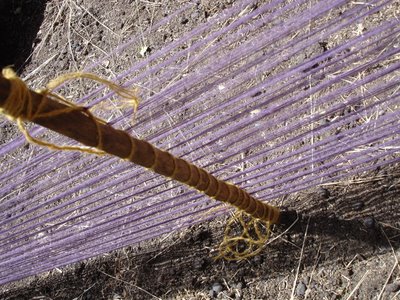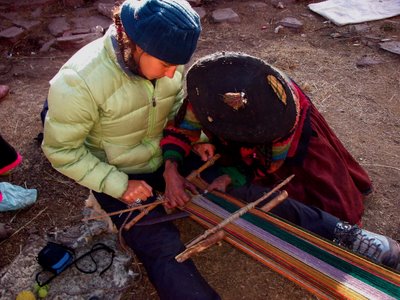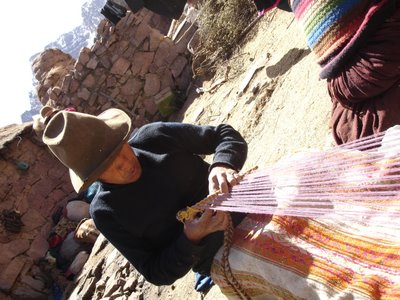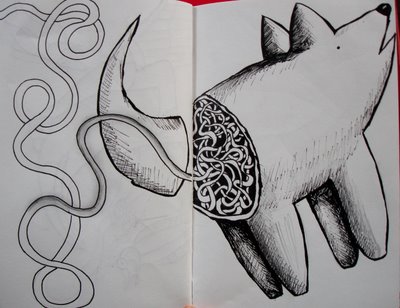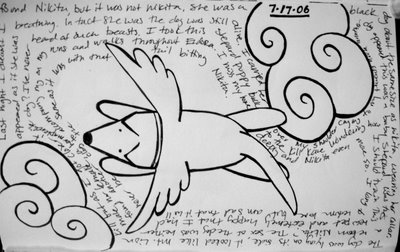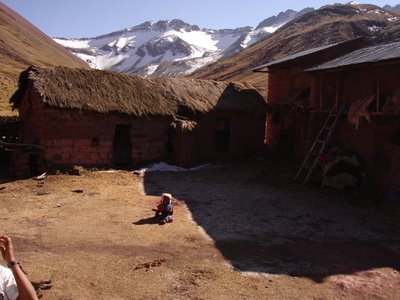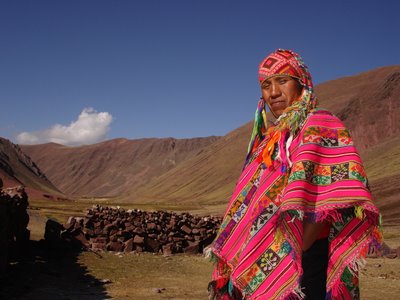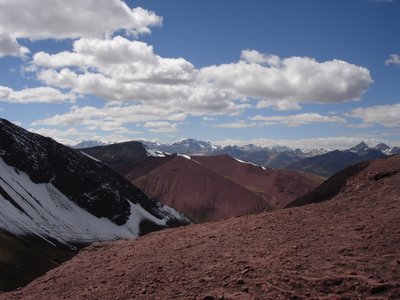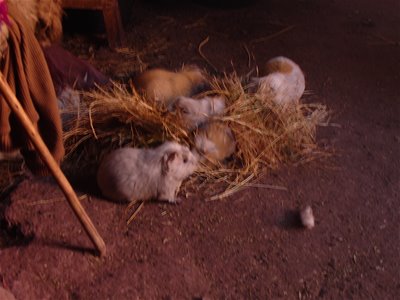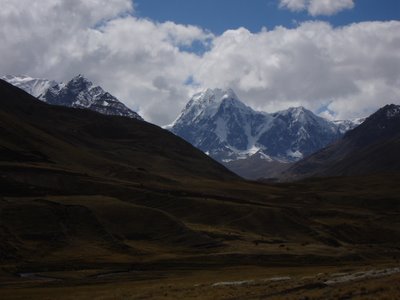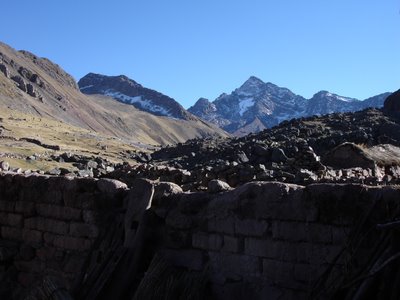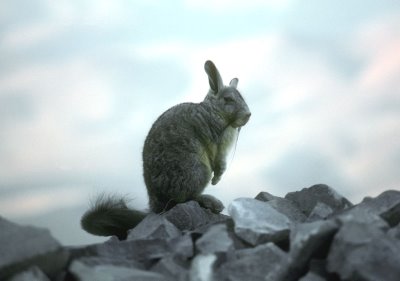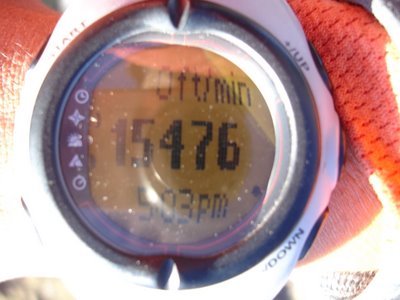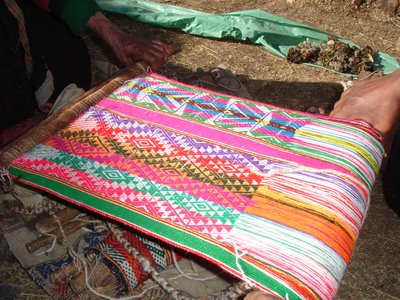
They were always together, the duck pair. Along the stream, strolling, picking through the rubbage to find a tasty morsel. Totally content, fat and happy, this inseparable acquainted couple.
My last day in Mucmoca Valley seemed to take years to arrive, but suddenly it was here. Remigio's sister invited me to have duck with them for my last supper. I thanked her and then glanced at the 2 ducks. Hmmm, duck, she meant these ducks, the happy couple. Only one duck? Wouldn't it be best to kill them both? Or perhaps ducks don't have much emotional awareness and one will not notice if the other has disappeared? Doubt that.
She chose the speckled duck. A woven blanket was put up at the gate to prevent the white duck from getting out. No sounds came from behind the woven blanket, only the white duck's loud nervous frantic quacking was audible. This pair had never been separated and abruptly they were disunited. The white duck continued to quack as if it was yelling the speckled duck's name over and over again. The white duck raced around the house searching for her best friend.
I thought of Nikita, the day she was taken down by the mountain lion. She just disappeared. Not knowing what had happened to her, I felt like the white duck, yelling for her, calling her name over and over again, crying.
Presumably Felipe, Remigio's nephew, owned the ducks. He was at school during the slaughter. Remigio mentioned Felipe would be very upset to learn that his duck had been killed. I watched Felipe enter the gate, he had walked by the lone white duck, and looked bewildered. Walked into the house lifted the lid to the pot on the stove and the crying began. He asked his mother, "why, why didn't you kill both of them, or not kill any at all?"
Tomorrow, Remigio's family will have duck again for dinner.




